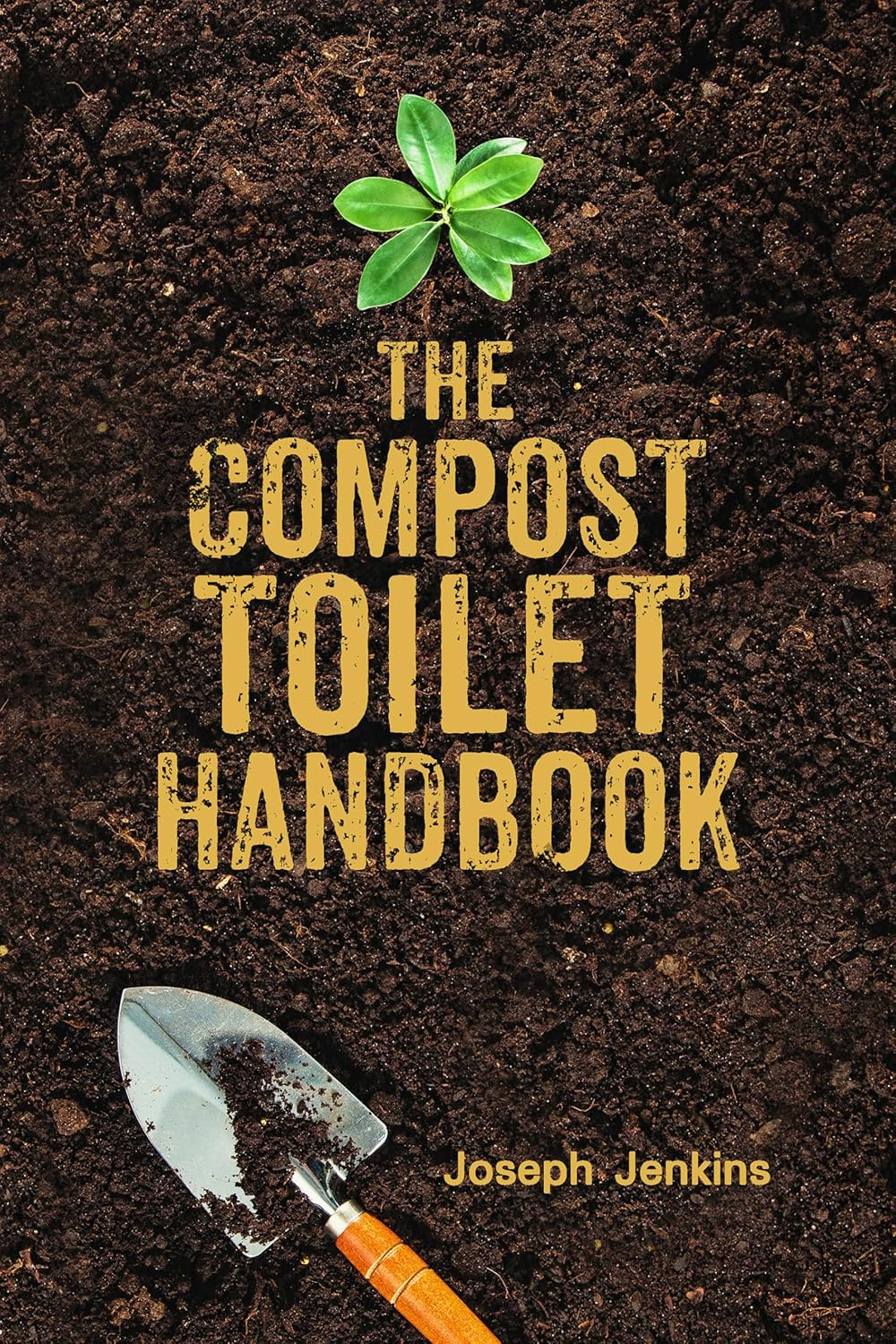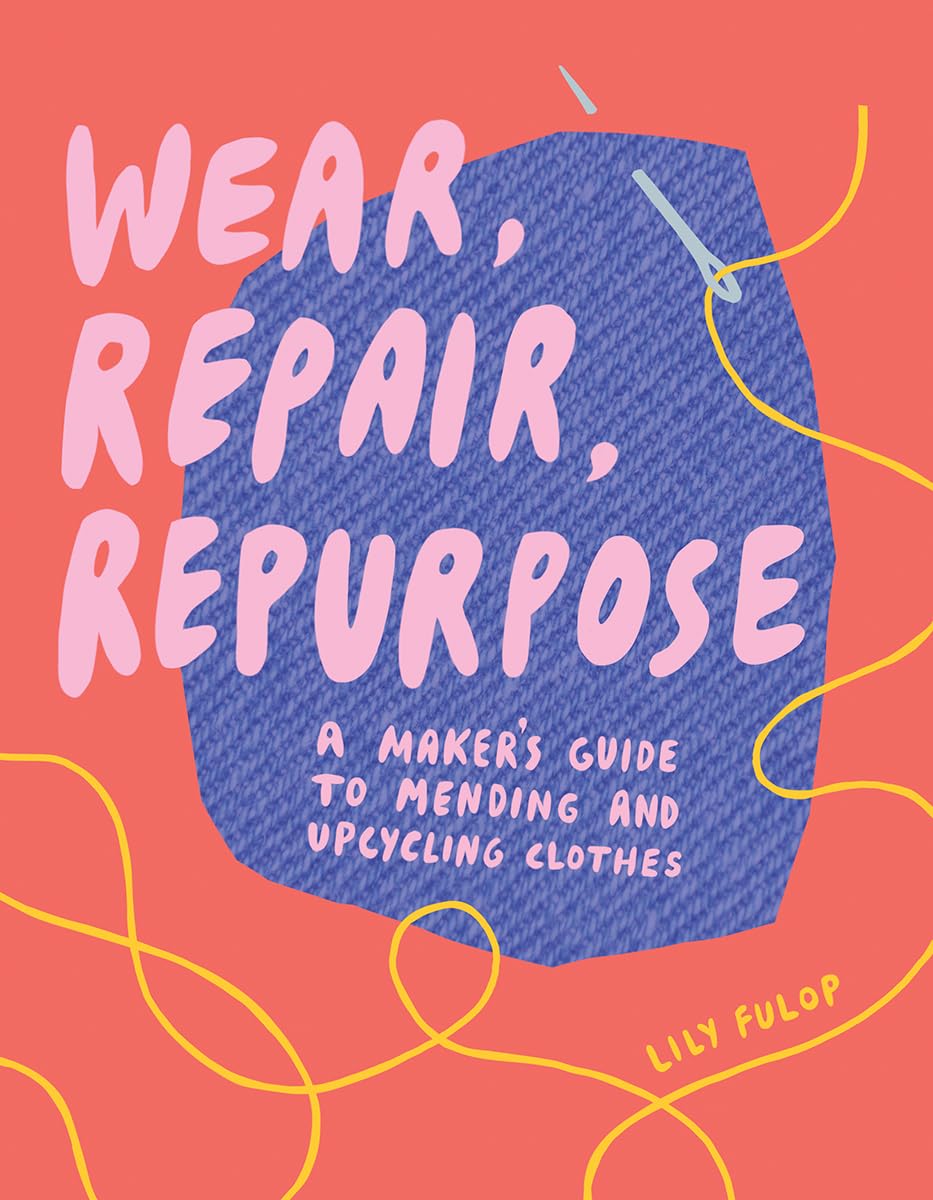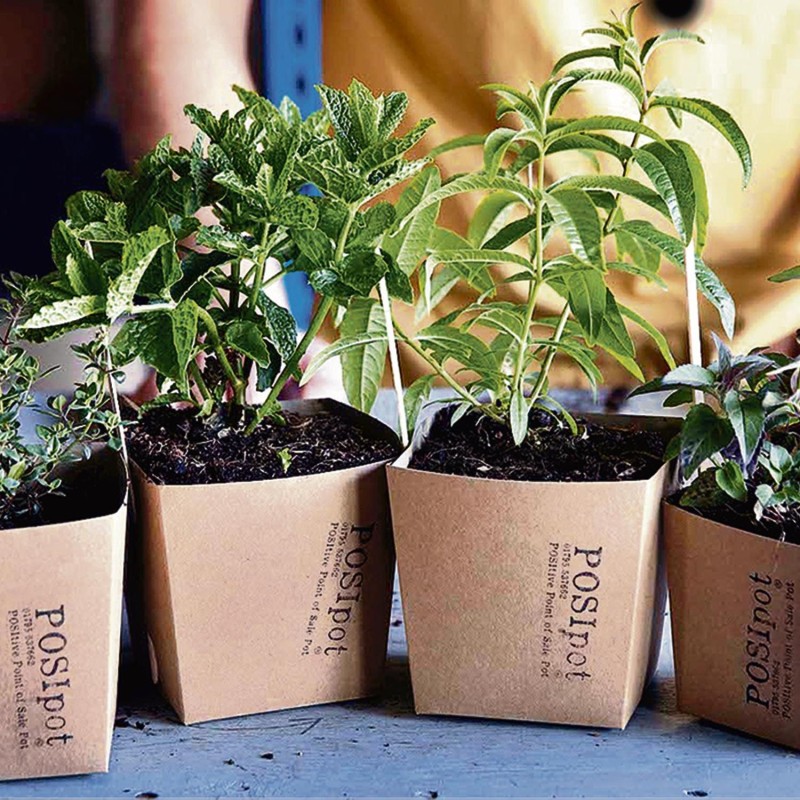Composting Toilets (nicer than you’d think!)

Composting toilets are not as icky as they sound. When you remove water traps, you usually remove most of the smell (they kind of have an ‘earthy aroma’). They are great for campsites, churches and allotments.
How do Composting Toilets Work?
Most composting toilets use bacteria to break down solid waste (poo!) into nutrient-rich compost (note you can’t use animal poo to make compost, as it’s illegal to sell plants made with it).
Most composting toilets also separate urine and faeces, as pee can disrupt the composting process. When done well (good ventilation and drying systems), the toilets are emptied and need little water, and create far less environmental impact. So are ideal for ‘wild areas’ where there is no mains water supply. Good composting toilets are just as clean (if not more so) than most conventional ones.
In England especially, it’s important to separate the urine, as it won’t evaporate, due to our rainy cold climate. Modern composting toilets are designed by experts, who offer an ideal alternative to small chemical toilets for greener campsites.
RHS (Royal Horticultural Society) has recently installed its first composting toilet at its Wisley Garden in Surrey. It will use the human compost, to fertilise its flowerbeds!
Natsol is the brand leader, which makes waterless and odour-free composting toilets for outdoor spaces, with wheelchair-friendly options. This company also offers waterless urinals which are odour-free and low-maintenance, which need no cartridges. Ideal especially for music festivals (due to the amount of beer!)
The company has recently taken over AirFlush Urinals, which basically ‘flush with air’, rather than water. This gets rid of the awful smell in urinals, and also saves a colossal amount of water. Companies that install them also don’t need to worry about those blue scented blocks or oil-filled trapped.
Composting Toilets on Scafell Pike?
Although composting toilets are a great environmental idea, there are kerfuffles about plans to install two blocks of composting toilets on Scafell Pike, England’s highest mountain in Cumbria’s Lake District National Park.
A petition by 100,000 people have now got the local council considering this. But many local residents and climbers say that up to now, people who climb the mountain simply bring their waste back with them, just like you would when walking your dogs!
One local resident says ‘Alfred Wainwright wouldn’t have accepted this, and neither will we. I hope they’re ready for a fight. Hasn’t anyone heard of ‘leave no trace?’ Everything you take with you onto the mountain, you take off with you. And that includes your own s***’.
Composting toilets aren’t just for remote cabins or back-to-nature retreats anymore. As more households, businesses, and public venues look for ways to live greener and cut resource use, these systems are getting noticed for all the right reasons.
They offer a fresh take on handling waste, making them popular in eco-friendly homes, off-grid cabins, glamping retreats, and National Trust sites. This article highlights the biggest benefits of modern composting toilets, showing why so many people are making the switch.
Composting Toilets Save Water
Traditional flush toilets use up litres of fresh water every time you pull the handle. Most people don’t realise that nearly a third of all household water goes right down the loo. Composting toilets flip this equation on its head by using little or no water. This shift matters, especially for areas where dry summers or regular droughts make water precious.
- Traditional toilets use 6 to 13 litres of water per flush, an annual yearly water use (per person) of 11,000 to 18,000 litres
- Composting toilets use 0 water, and 0 litres per person per year!
Flushing away clean water doesn’t make sense when you can keep it for things like drinking, cooking, or watering plants. Composting toilets help ease the pressure on overworked water supplies and are a smart fit for water-conscious homes.
Reduction in Pollution and Wastewater
With flush toilets, waste ends up in the sewers, leading to huge volumes of wastewater that must be treated before being released back into rivers and seas. Problems start when ageing infrastructure leaks or overflows. Pollution can enter soils, streams, or groundwater, bringing nasty surprises.
By quickly separating liquids from solids and containing waste, composting toilets make it safer and easier to manage. They don’t add to the rivers of sewage that sometimes escape into nature after heavy rain.
This cleaner approach protects wildlife and reduces the risk of contamination. The smaller, managed volumes of treated waste also mean less strain on town or city sewer systems.
Supporting Circular Economies
Modern composting toilets play a key part in a more natural waste cycle. Instead of dumping waste as a problem to be locked away or buried, they allow nutrient-rich compost to head back to the soil. It’s nature’s way of recycling working in real life.
By turning waste into a safe, valuable resource, composting toilets close the loop. When fully processed, the end product can improve soil health and help gardens and landscapes thrive. This supports a future where waste from people gets put to good use.
Lower Operating and Maintenance Costs
If you’ve ever seen the bill for repairing a leaking pipe or connecting a remote building to mains sewer, you know how fast costs add up. Composting toilets skip expensive plumbing work altogether. No mains connection needed, little to no water piping, and fewer moving parts mean fewer things break down.
Upfront costs may be similar to a high-quality flush toilet, but long-term savings keep adding up. Owners spend less on water, chemicals, and callouts for blocked pipes. Modern designs make emptying and upkeep simple, with many families and venues getting by with a quick routine check every now and then.
Ideal for Off-Grid and Remote Locations
For many rural homes, nature reserves, tiny homes, and festival sites, running pipes or digging deep drainfields isn’t practical or even possible. Composting toilets offer independence, letting people set up loos wherever they’re needed, even in fields or woodlands. No need to rely on a tap or mains water, and no worries about frozen pipes in winter.
Holiday parks, campsites, and eco-lodges often use composting toilets to balance guest comfort with protection for the landscape. They’re also popular at national parks and historic sites where building new sewer lines would cause damage or be too costly.
Improved Hygiene and Odour Control
One of the biggest worries about composting toilets is smell. Modern systems meet this head-on with smart features like built-in fans, vent stacks, and sealed containers. Most work by separating liquids (which can cause odours) from solids, making it much easier to keep things fresh.
New materials, easy-clean surfaces, and improved waste containers all help keep bacteria at bay. Many models are as easy to keep clean as standard loos, with some users surprised at just how pleasant they are to use. Touch-free designs and good airflow also boost confidence for families and public venues.






